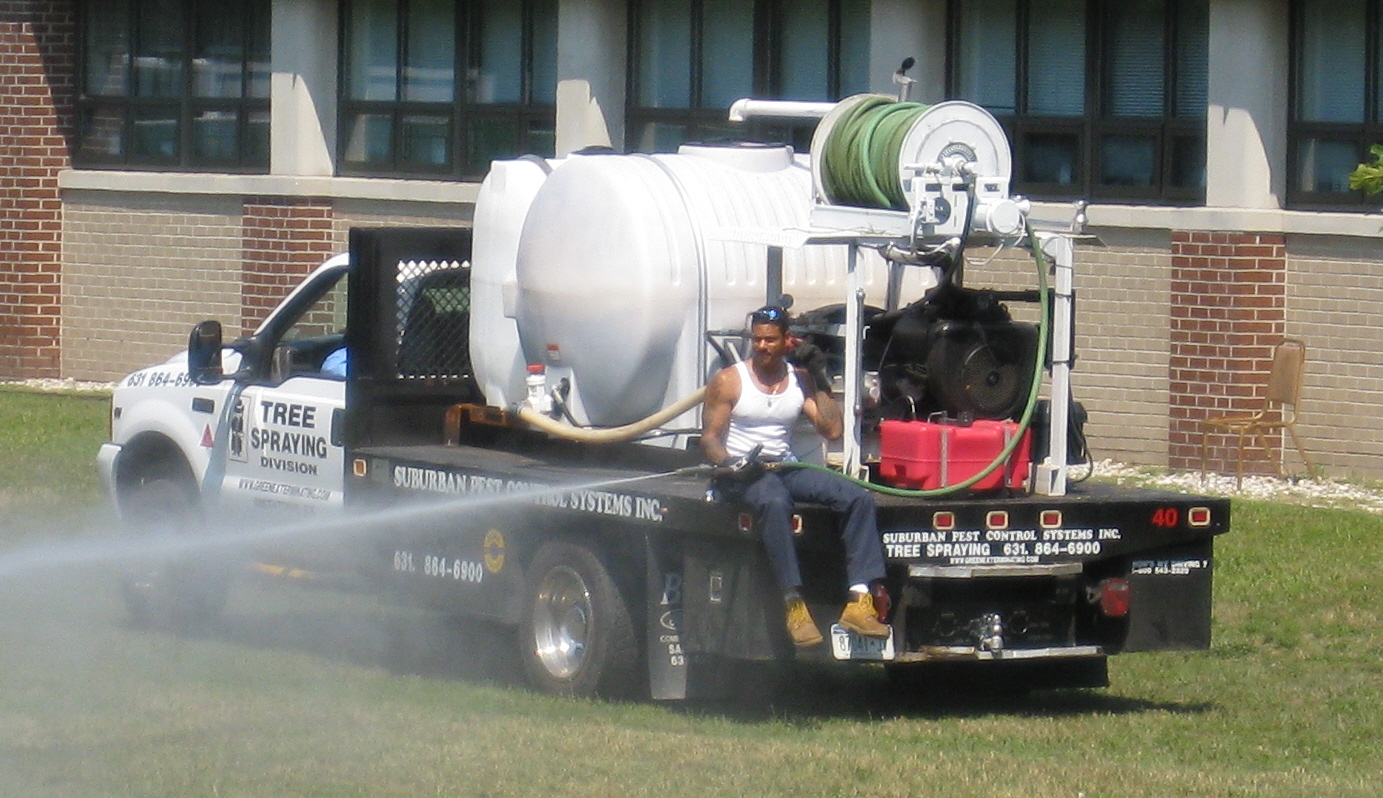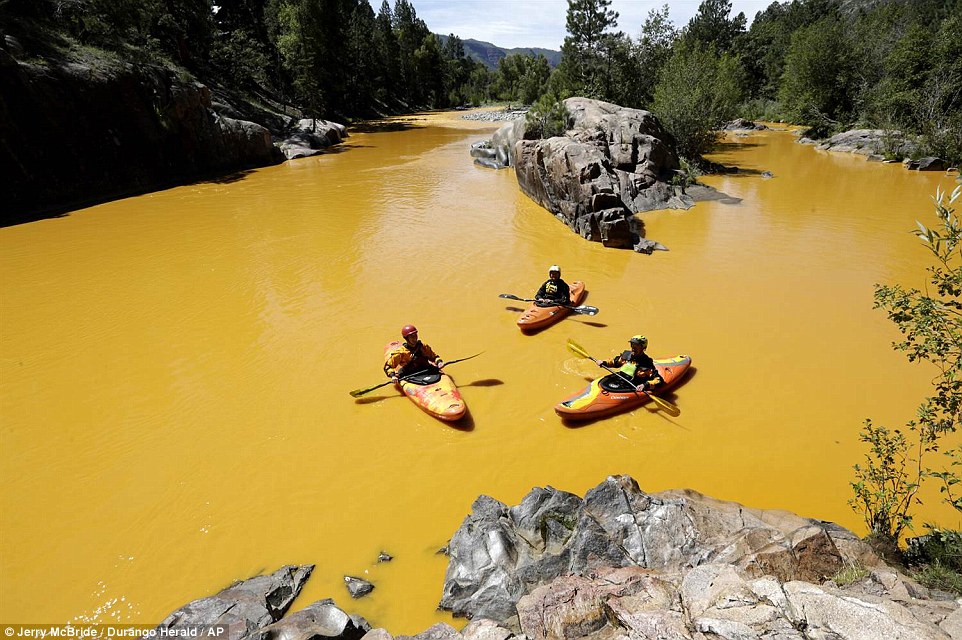
Pollution from a sugar factory. Yes, a sugar factory
Seeing through the world through the eyes of an environmental professional is both a blessing and a curse. The blessing is that it gives me an appreciate for the natural world and allows me to see and understand the improvements in our environment. The curse is that I can’t miss the environmental pollutants and potential damage in nearly everything.
Control of air quality, management and releases of hazardous chemicals, and other important environmental areas have seen great improvements. But the amount of chemicals in our daily life seems to be increasing and our exposure to them is often unknown. I can’t stop thinking about constant exposure to environmental pollutants, both mine and the people I see being exposed. At work, it’s the exposure to hazardous materials for both me and my coworkers. At home, it’s the countless man-made chemicals in our food and products.
I see coworkers who are exposed to hazardous chemicals on a daily basis and I try to educate them on the effects of exposure. I gas up my car, get a quick whiff of the fuel vapors, and immediately think about what that exposure is doing to me and everyone else. I’ll drive past a construction site and think about the pollutants in the dust being kicked up. I’ll see someone applying a pesticide without any PPE and wonder about their exposure. Although our overall air quality control has improved, I see pollution from refineries and factories and worry about spending too much time around them.

Air pollution over the Rocky Mountains
As a recreational triathlete, albeit a slow one, I think about the environment where I’m training. I enjoy open water swimming, but wonder what pollutants are in the water? It could be a beautiful lake and maybe the only nasty thing in it is too much goose poop, but a lake in an urban setting could be filled with stormwater runoff chemicals – fertilizers, pesticides, oils and greases. You probably shouldn’t swim in an urban lake the day after a big storm. This fall I ran a half-marathon through downtown Denver and was thankful that the race was on a Sunday morning. I couldn’t imagine running 13.1 miles through the city on a busy weekday and question people who do or worse, run along a busy road during rush hour.
In my house, I’ll wear my shoes inside and wonder what was on the bottom of them that I just carried through (pesticides, grease from the street). Should I be using this household cleaner? Am I being exposed to the fire-retardant chemicals in my couch or the pesticides I applied to get rid of the ants? Most likely, yes. I bought Halloween makeup to apply a mustache for my son’s costume, Einstein. I read the ingredients, thought better of it and he went as Lil Einstein – no mustache.
One area where some progress is being made to reduce our exposure to small amounts of toxic, man-made chemicals is in our food. Although agribusiness is bigger than ever, finding options for healthier, naturally grown food is becoming more widespread.
Paracelsus said, “All things are poison, and nothing is without poison; only the dose permits something not to be poisonous.” I enjoy seeing the world through my environmental-tinted eyes and use that understanding to balance being environmentally conscious, being realistic, and taking calculated risks. Ignorance is not bliss, so I wear my PPE.

What is this guy being exposed to?








